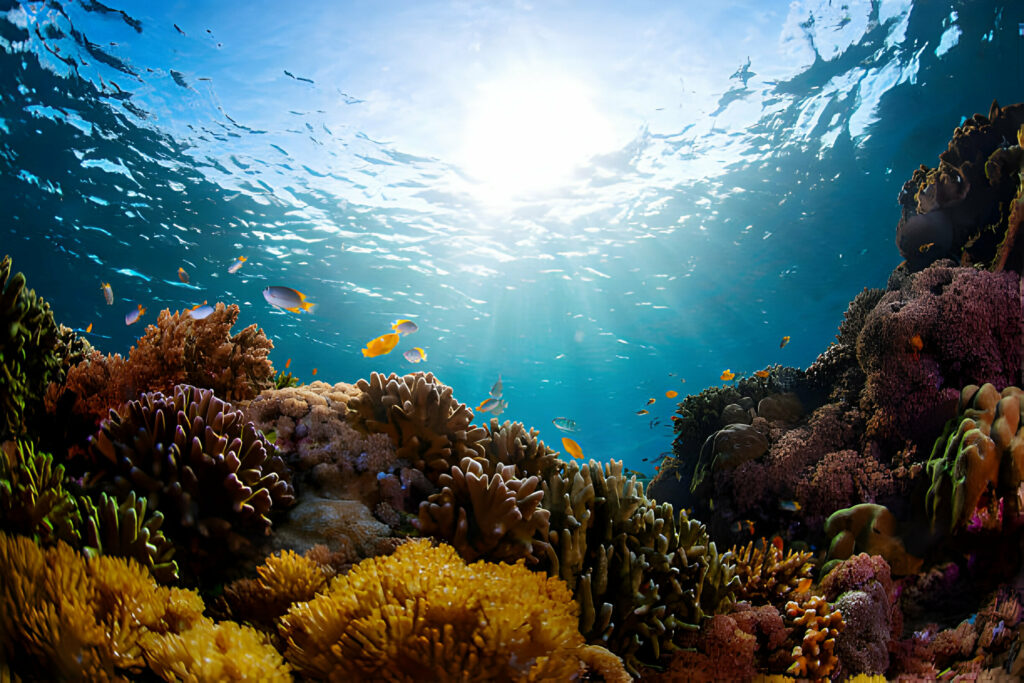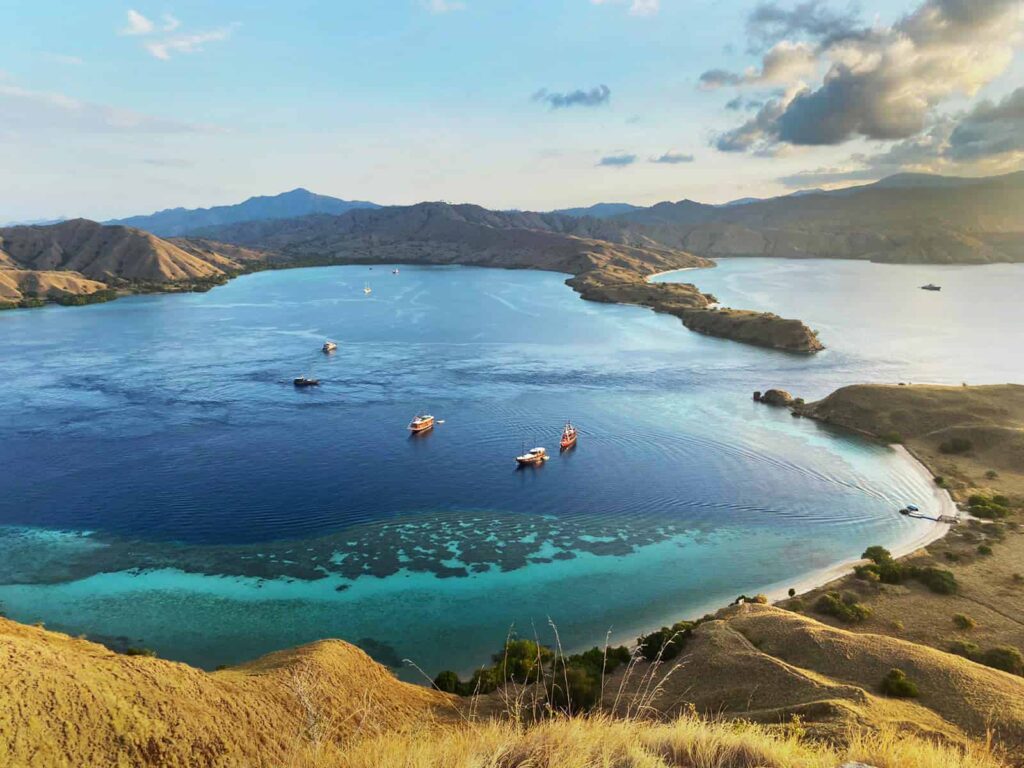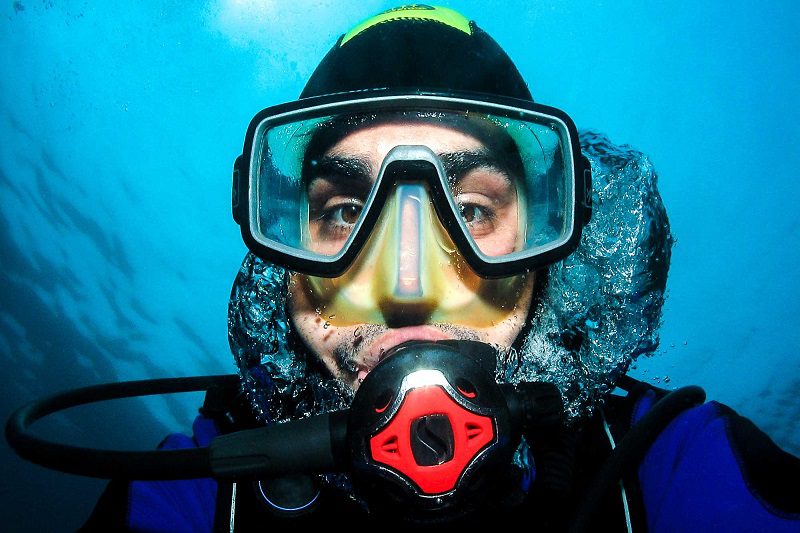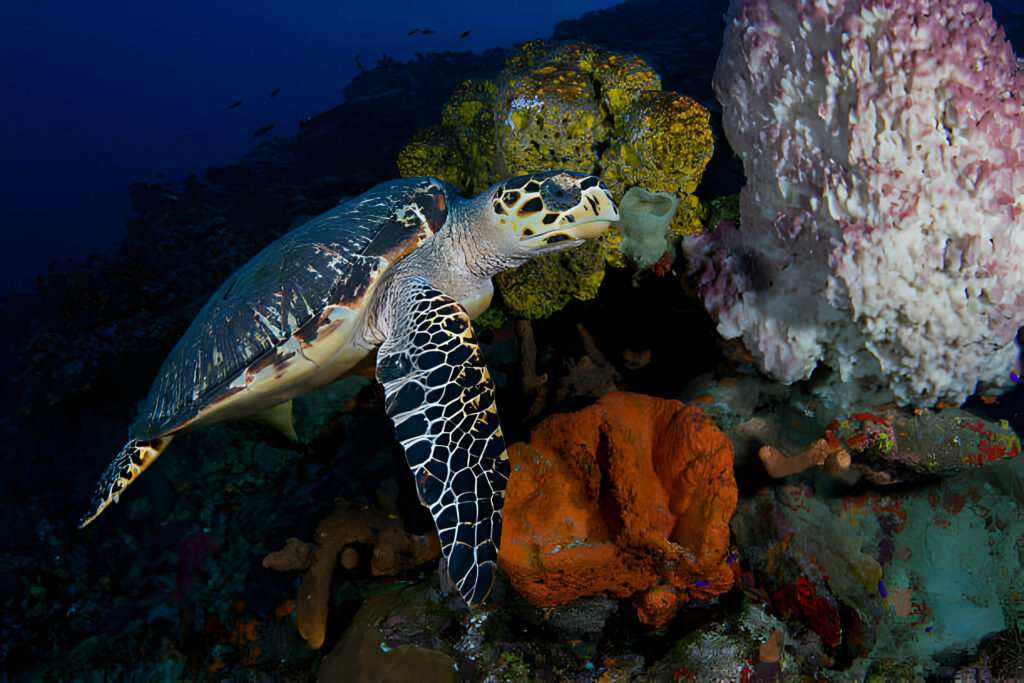What Are Scuba Divers Really Afraid Of?
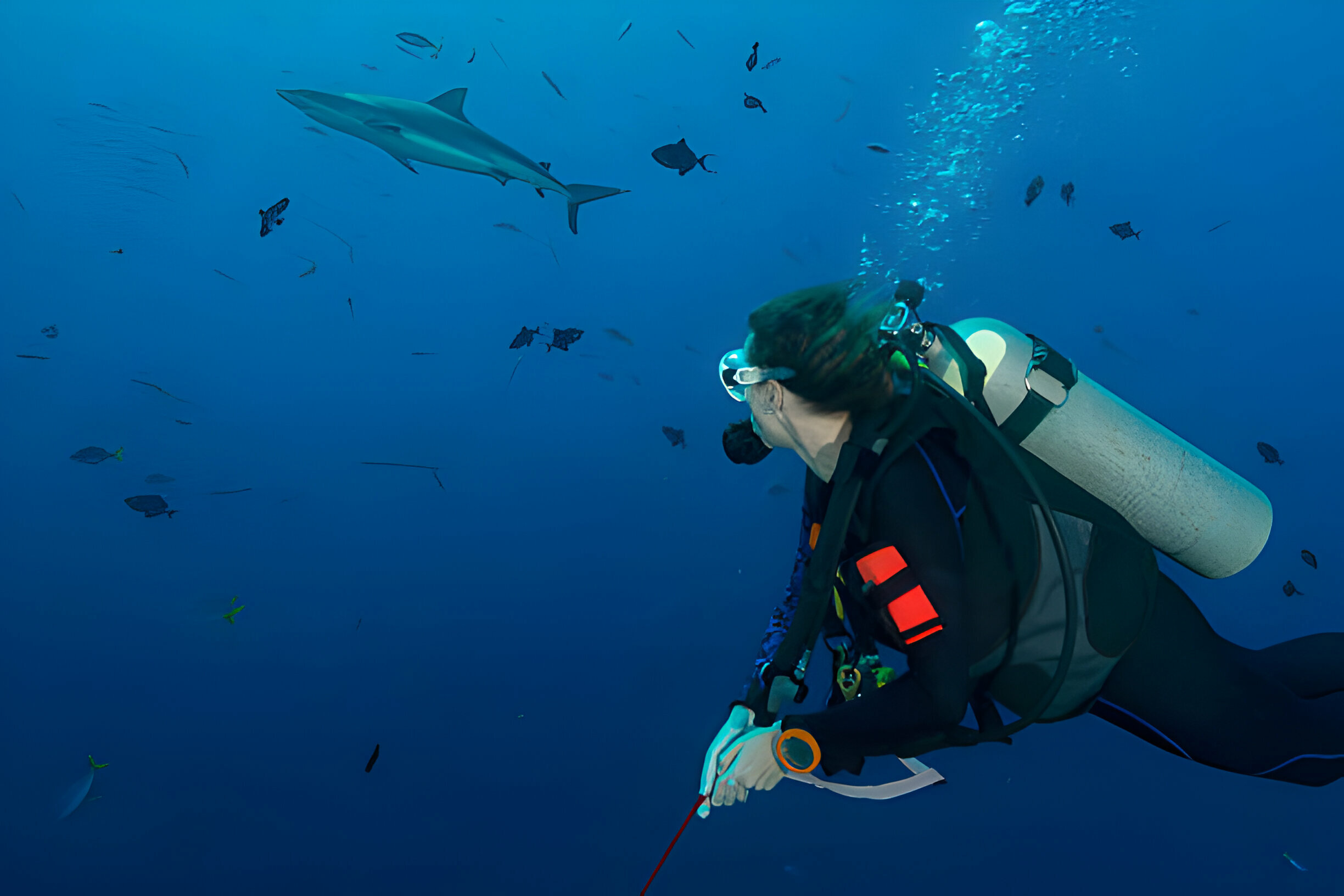
Scuba diving is an exhilarating and awe-inspiring activity that allows individuals to explore the mesmerising underwater world. However, for many, the thought of scuba diving invokes feelings of fear and apprehension. From the darkness of the deep ocean to encounters with marine life, there are various elements that can trigger anxiety in scuba divers. In this article, we will delve into the common fears that scuba divers encounter and provide insights on how to overcome them, allowing enthusiasts to fully embrace the wonders of the underwater realm.
Faulty Equipment
One of the most common fears among scuba divers is the fear of encountering faulty equipment. The thought of malfunctioning gear while being deep underwater can be a terrifying prospect. However, it’s important for divers to remember that regular equipment inspections and maintenance significantly reduce the risk of malfunctions. By ensuring that all gear is thoroughly checked before each dive and serviced by certified professionals, divers can alleviate this fear and dive with confidence. Additionally, undergoing proper training to handle equipment malfunctions and emergency procedures can further empower divers and provide them with the skills to navigate such situations effectively.
Not being able to breathe
One of the greatest fears for scuba divers is the fear of not being able to breathe underwater. This fear is totally understandable, as breathing is a fundamental human need. However, with proper training, equipment, and safety measures, scuba divers can reduce the risk of this fear becoming a reality. Training in proper breathing techniques and familiarising oneself with the equipment can help build confidence in managing this fear effectively. Additionally, diving with a reliable buddy and following dive protocols can provide reassurance and support in case of any unforeseen circumstances.
Running out of Air
Running out of air is another common fear for scuba divers. The idea of being deep underwater and running out of air can certainly be anxiety-inducing. However, proper dive planning and adherence to safety protocols can greatly minimise this fear. Monitoring air supply, practising controlled breathing, using air pressure gauges and dive computers to track air consumption are essential steps to ensure that divers can enjoy their underwater experience without the fear of running out of air.
Moreover, undergoing thorough training on air management and practising emergency ascent procedures in a controlled environment can instil confidence in divers, equipping them with the knowledge and skills to handle such situations should they arise. By staying vigilant and prepared, divers can mitigate the fear of running out of air and focus on the breathtaking marine environment surrounding them.
Nitrogen Narcosis
Nitrogen narcosis, also known as “rapture of the deep,” is another concern for scuba divers. This condition occurs when divers descend to great depths and experience symptoms similar to alcohol intoxication. While nitrogen narcosis is not life-threatening, it can impair judgement and coordination, leading to dangerous decision-making underwater.
To mitigate the risk of nitrogen narcosis, divers are trained to be aware of the potential effects of increased pressure at depth. As a preventive measure, divers may limit their depth or switch to breathing gas mixtures with lower nitrogen content for deep dives.
By staying informed and making informed decisions, divers can enjoy their underwater adventures while minimising the potential impact of nitrogen narcosis.
ALSO READ : 9 Species to Spot While Diving in Komodo Island
Getting Lost Underwater
Getting lost underwater can be a frightening thought for any scuba diver. The vastness of the ocean and the unfamiliar surroundings can contribute to this fear. However, there are several measures that divers can take to minimise the risk of getting lost. Prior to the dive, thorough planning and familiarisation with the dive site can help in creating a mental map of the underwater terrain. Utilising a compass and dive computer, and staying close to a dive buddy are also effective ways to ensure that divers remain oriented and aware of their surroundings. In addition, maintaining clear communication with the dive team and adhering to the planned dive path can further reduce the likelihood of becoming disoriented underwater.
Hurting Your Ears
A common fear among scuba divers is the possibility of hurting their ears during a dive. The change in pressure underwater can cause discomfort and even pain if not managed properly. However, there are techniques and equipment that divers can use to mitigate this risk. Learning proper equalisation techniques can help alleviate the pressure on the ears and prevent injuries. Additionally, taking slow descents and ascents and being mindful of equalising frequently during a dive can also help minimise the risk of ear pain and injury.
Sharks
Sharks are often a top fear for many scuba divers. The fear of encountering a shark underwater is a common concern, even though the likelihood of a negative interaction with a shark is extremely low. Shark encounters are very rare, and most sharks are not aggressive towards humans. It’s important for divers to be aware of their surroundings and understand the behaviour of the marine life they may encounter. Proper education and preparation can help alleviate the fear of encountering a shark while diving.
Enjoy a Diving Trip in Raja Ampat and Komodo with La Galigo Liveaboard
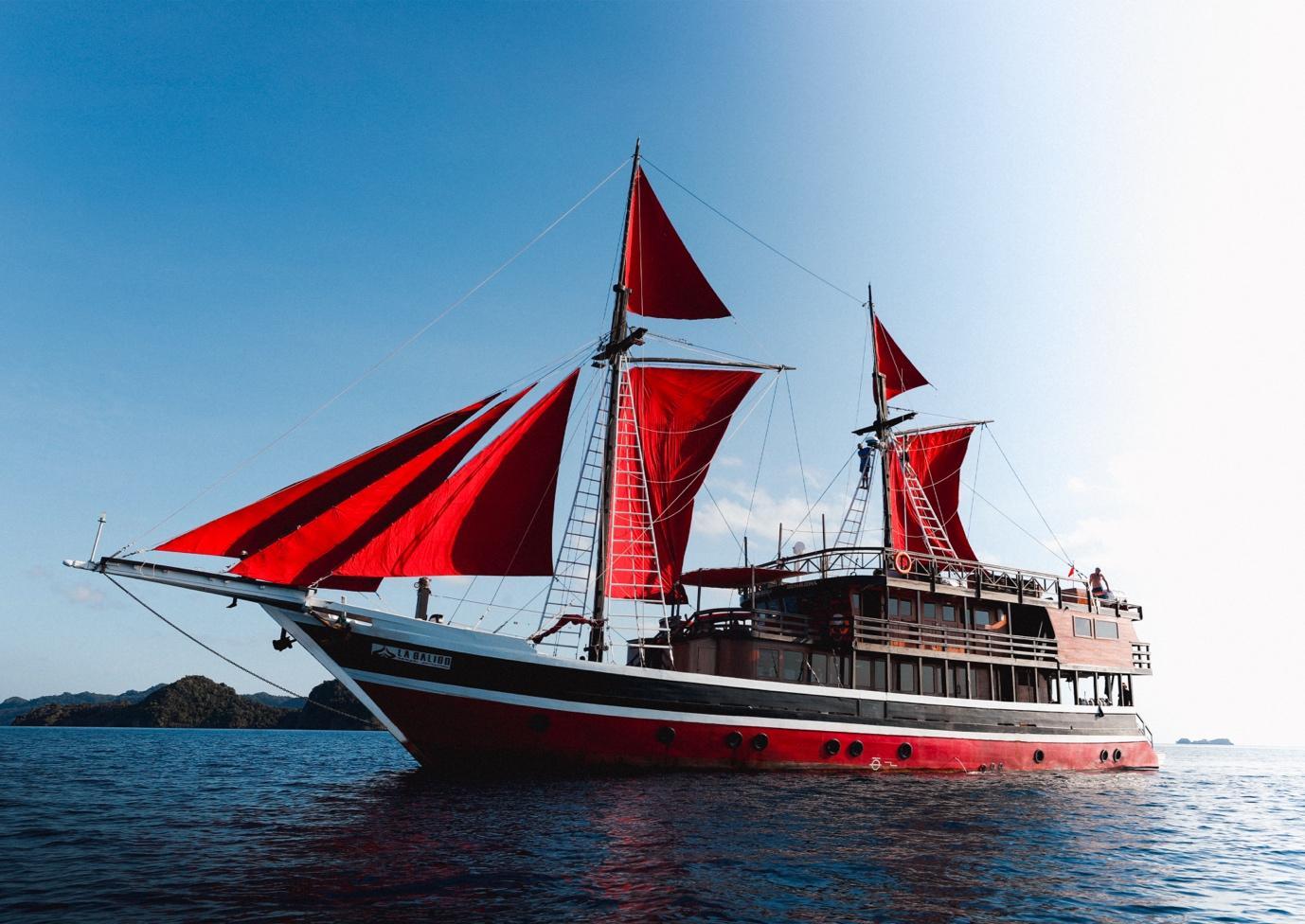
La Galigo is known as one of the best liveaboard diving boats in Raja Ampat Indonesia, and it offers trips to well-known diving destinations such as Komodo and Raja Ampat. The Coral Triangle is located in Indonesia, which has the highest marine biodiversity on the planet.
La Galigo Liveaboard Diving was founded in 2015 by two avid divers who wanted to explore some of Indonesia’s pristine reefs but found that all existing scuba diving options were frequently out of their budget, and wanted to provide an affordable option for everyone to be able to explore these beautiful places.
La Galigo Liveaboard Diving in Raja Ampat & Komodo is a friends and family affair, and our liveaboard diving trips are always focused on fun, safety, guest comfortability, and are exceptional value for money. Our trip prices range from $2,160 for a six-day Komodo liveaboard diving trip to $3,815 for an eight-day Raja Ampat liveaboard diving trip. The price includes four meals a day, diving or snorkelling three to four times a day, and land tours.


